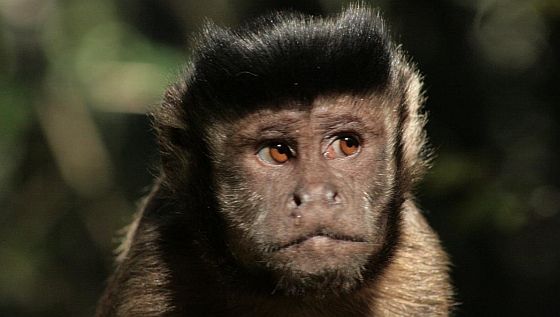Stuart P Wilson, University of Sheffield and James V Stone, University of Sheffield
Adapt or die. That’s the reality for an animal species when it is faced with a harsh environment. Until now, many scientists have assumed that the more challenging an animal’s environment, the greater the pressure to adapt and the faster its genes evolve. But we have just published new research in Royal Society Open Science that shows that genes might actually evolve faster when the pressure to adapt is reduced.
We built a simple computer model of how evolution may be affected by the way animals interact with each other when they’re in groups. Specifically, we looked at what happens to animals that huddle together to keep warm.
We found that when animals huddle in larger groups, their genes for regulating temperature evolve faster, even though there is less pressure to adapt to the cold environment because of the warmth of the huddle. This shows that an organism’s evolution doesn’t just depend on its environment but also on how it behaves.
When animals such as rats and mice huddle together in groups, they can maintain a high body temperature without using as much energy as they would on their own. We wanted to understand how this kind of group behaviour would affect a species’ evolution.
To do this, we built a computer model simulating how the species’ genes changed and were passed on over multiple generations. When the effects of huddling were built into the computer model, the reduced pressure to adapt was actually found to accelerate evolution of the genes controlling heat production and heat loss.



